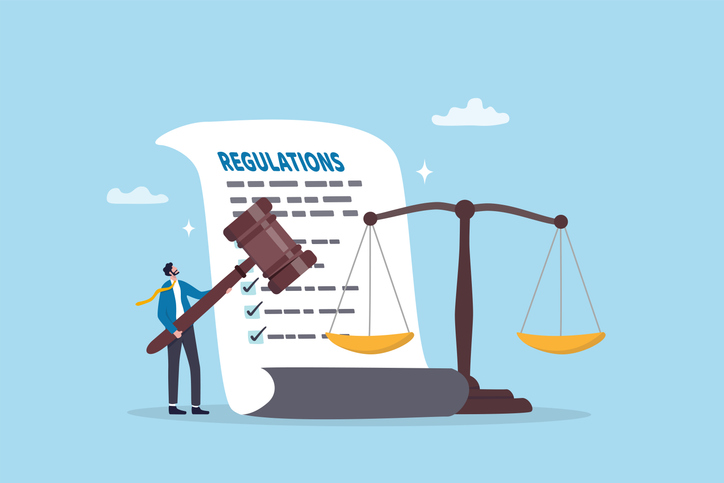For any business, big or small, increasing revenue and profit margins is not only an objective but a necessity. The reality is that without a consistent, thriving, revenue any top business will struggle to challenge competitors in our ruthlessly cut-throat economy. Unfortunately for the modern, perennial Irish business the vast majority of their actions are ineffective at combating productivity deficiencies. A sizeable proportion of Irish enterprises try to cut costs by attempting to maximise profits. Although this can be achieved arduously, by streamlining their supply chain or cutting corners in their business model, most overlook a fairly simple solution: upgrading their time and attendance systems. Not upgrading your time and attendance system will have serious negative ramifications in the long run, including higher wage costs, decreased productivity and ultimately a less successful business.
Traditionally, employees tracked their own hours, overtime and breaks manually, often using punch cards, timesheets or a variety of other methods that were then calculated by hand. Since the introduction of Time and attendance software, there is a strong contrast in how things are done. The software can easily be integrated into existing payroll systems and has the capacity to turn an error-prone procedure into an automated process that eliminates fraud, human error, and employee hours ambiguity that could lead to legal issues.
Human error
Human beings are unfortunately flawed and simply do not have the capacity to compete with machines on a variety of remedial tasks. It is undeniable that Alex Pope infamous proverb ‘to err is to human’ equally holds true in the workplace. In reality when it comes to adding, subtracting and otherwise calculating hours written on timesheets, humans are vastly more susceptible to make mistakes. Opportunities for error will increase ostensibly as your business grows and your workforces becomes increasingly mobile. According to the Harvard Business Review, the average employee’s inability to correctly fill out timesheets costs the business world billions in lost revenue every day. A global use of automated time and attendance software is lacking, despite the obvious financial advantages. This gives an obvious advantage to businesses savvy enough to make use of what’s on offer. The Harvard business review research showed that 40 percent of US businesses calculate payroll by hand as of last year, and 46 percent stated they don’t use an accountant at all.
That means that almost half of American businesses are missing out on the opportunity to sever costs by using a time and attendance system that will save them money. The system also empowers employees to be focused on the jobs for which they were hired and are best suited, not on a menial task that will hardly ever be accurate. Not only does taking time to fill out timesheets distract workers from their goals, but it’s often additional time on the clock that isn’t spent moving your company forward.
Time theft
According to an anonymous survey of retail and service industry employees conducted by Kessler International, an incredible 80 percent of workers admitted to ‘time theft’, which includes using a personal phone while on company time, adding additional hours to their timesheets, not clocking out for unpaid breaks and ‘buddy punching’; these and other practices are not only illegal but equally, they are directly harming your business. Why should your profit margins have to suffer because of human ineptitude? The practice of punching in for an employee who isn’t at work is widespread and ultimately only harms the company as a whole, not the individuals.
This type of fraud may seem inconsequential, but over the course of months and years, this will greatly affect and deter your bottom line. A system that utilises a biometric time clock (which utilises personal identifiers like fingerprints) prevents buddy punching, and makes it impossible for employees to put down incorrect hours for time worked, intentionally or otherwise. Companies that pay extra for overtime are unquestionably haemorrhaging money unnecessarily. Of course, if an employee works a full slate of hours and then goes over, he or she is entitled to overtime, but as we know it is human nature to tend to exaggerate exactly how long they’ve been on the clock.
This system directly leads to more overtime hours (and subsequently more unwarranted pay given out as a result) than should be necessary. Most businesses don’t track their time correctly because they don’t include one of the most basic facets of work. According to an AffinityLive report, 51 percent of employees questioned “rarely or never track their time spent on tracking attendance”. This is an enormous loss considering how detrimental this is to businesses countrywide. The bottom line is, that it is imperative that a modern, competitive company has a viable time and attendance system.





